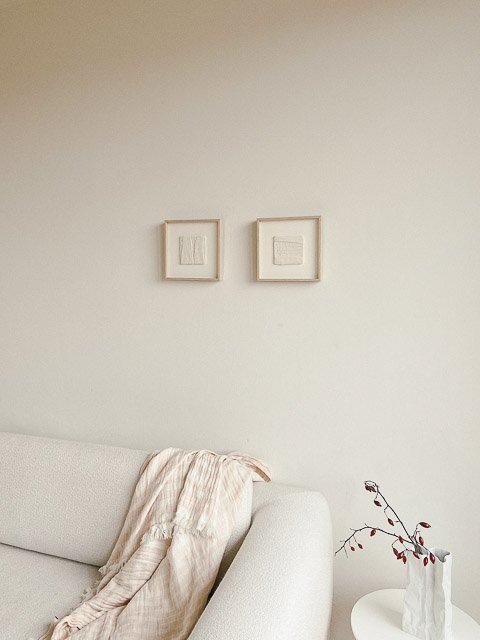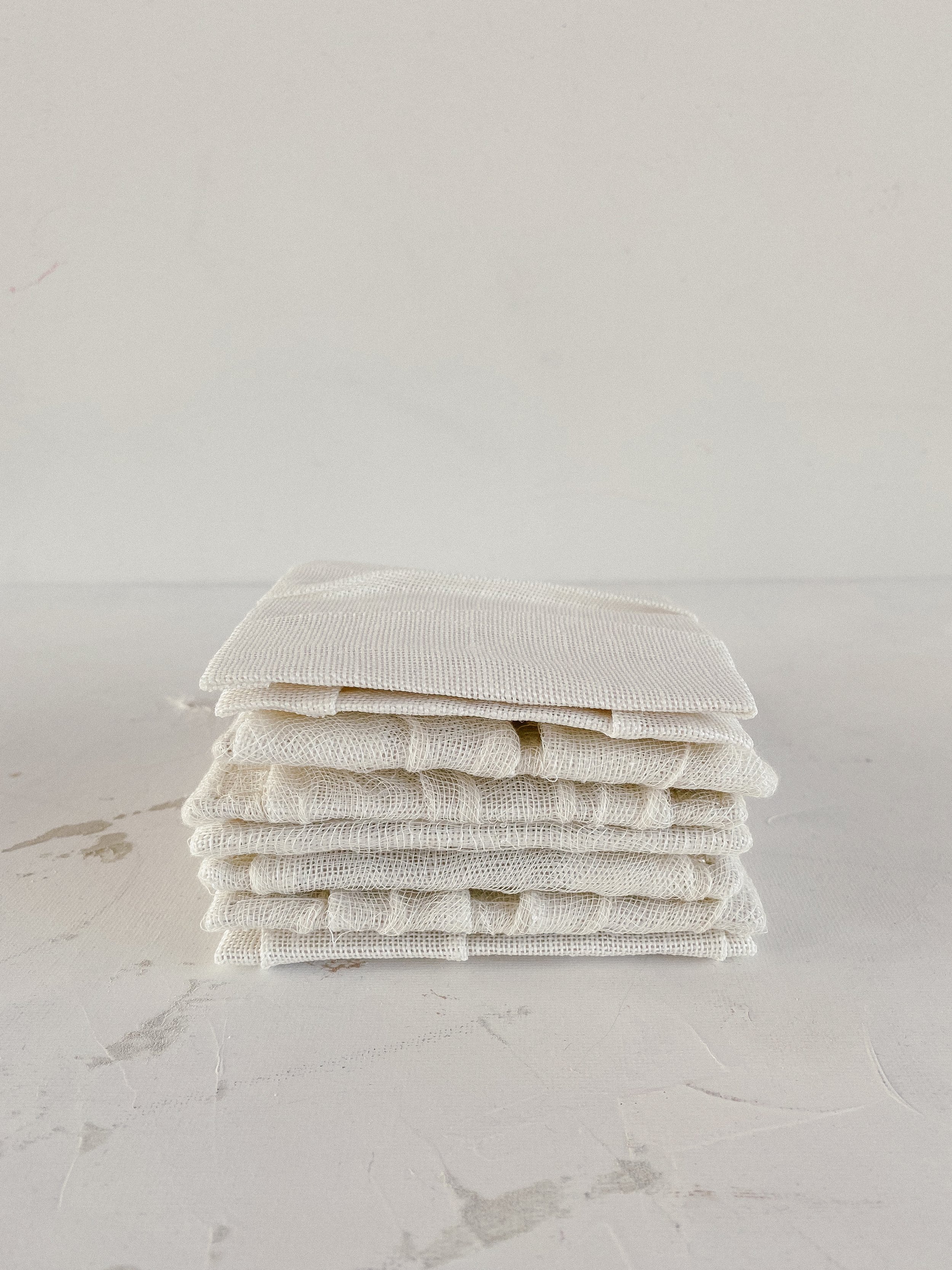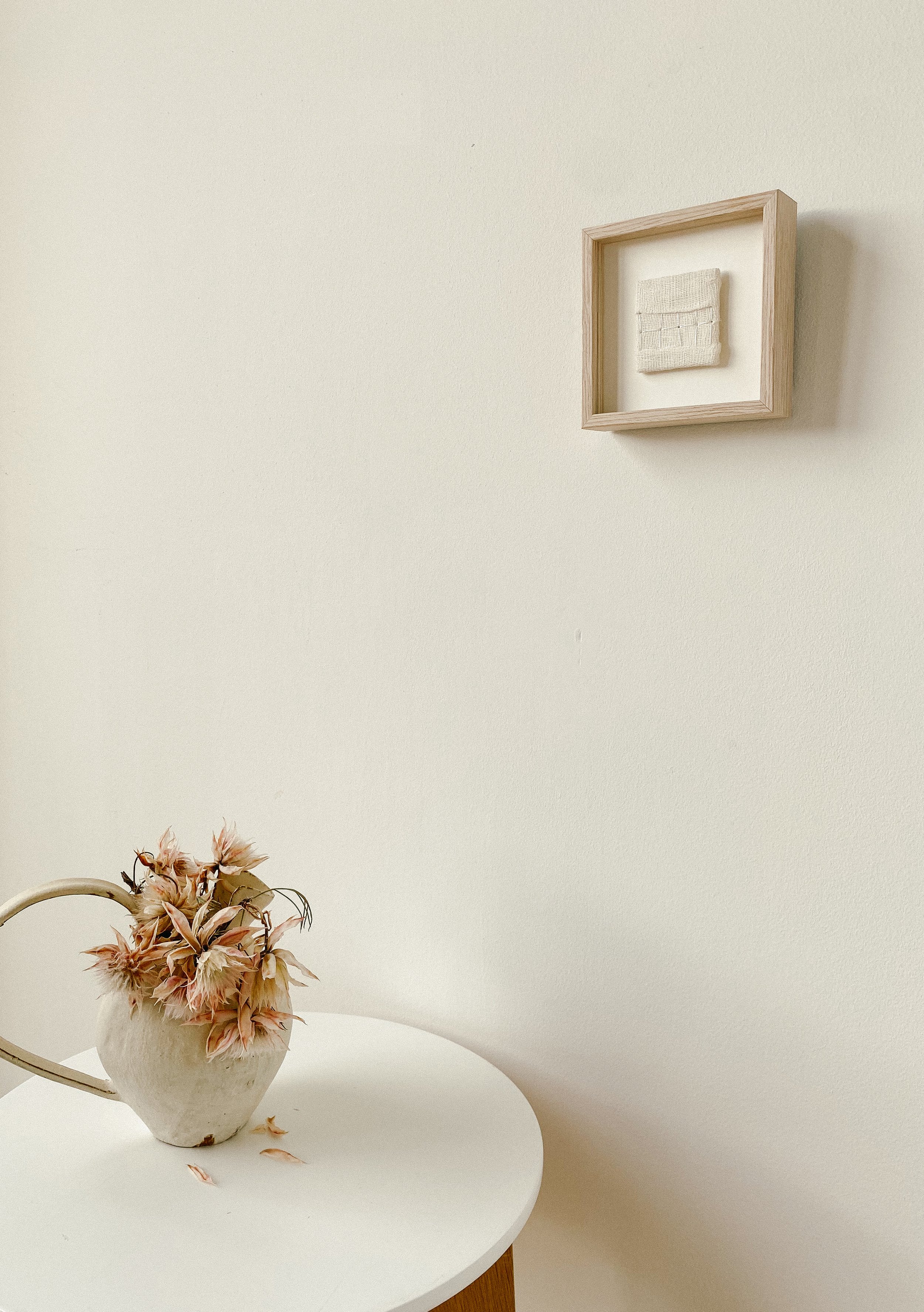CREATING SPACES THAT SUPPORT US IN THE WAY WE WANT TO LIVE
INTERVIEW WITH ANA MARCU — A VIENNA-BASED INTERIOR DESIGNER
Last year, Ana and I connected virtually over our passion for Vienna and interior design and had a wonderful conversation about art and how we can create spaces that support us in the way we want to live.
Last year, Ana and I connected virtually over our passion for Vienna and interior design and had a wonderful discussion about art and how we can create spaces that support us in the way we want to live.
Ana is a licensed architect with over a decade of experience in Vienna, Austria. She has a double degree in Architecture and” Building Science and Technology” and she is deeply passionate about architecture, psychology and optimizing the interior design to create great emotional experiences for people. Her goal is to design spaces that make people feel loved, happier, healthier and more creative. She creates amazing class on Skillshare. If you are interested in learning about design that generates great emotional experiences for people, please go and visit her classes.
Maria: Could you tell us how you got into interior design?
Ana: My background is in architecture, I received my Master's degree from the Architecture University in Bucharest in 2006. And afterwards, I came to Vienna to do a second Master's in science and technology.
I have a double degree none of which has to do with interior design, but let's just say that I can not only do the interior, but also the exterior. I have always been in love with the elements that impact us directly, the surfaces we touch, the things we see. That always stayed with me and probably that is the reason why I came to Vienna. It's such a beautiful city and every surface, every building has a certain attention to detail. That has always spoken to me and I think now that I started my own business, I came back to these original elements that I was always drawn to - Textures and surfaces that surround us and how they impact us.
“Design is not about making pretty spaces but creating spaces that bring more well-being to us.”
Maria: That sounds interesting. You are coming from the exterior to the interior. It makes sense to look at it holistically to create something that beautiful.
Ana: I don't tend to look at things from a pure designer’s perspective. I look at things more from how it impacts people, more from a scientific pióint of view. I'm am very interested in the recent research on how space makes us feel, how they affect us emotionally. And that's really what fascinates me about interior design. Design is not just making pretty spaces but creating spaces that bring more well-being to us.
Ana: I am wondering, how did you get into art?
Maria: I'm not an artist by training. I have a PhD in biochemistry. I have always been what you would call "multi-passionate". As a child, I was very much into fine arts. Painting and drawing was part of my early education. At some point, I decided I wanted to pursue an academic career in natural sciences, but my admiration for art and craft has always stayed with me. I always loved making things with my hands, too. There are not many things that are as rewarding as seeing what you have created at the end of the day. Using my hands has always brought me a lot of joy and satisfaction. And it was my outlet. Whatever was happening in my life, I could always go there and just find a peaceful moment where I could just be in the flow and escape for some time.
After becoming a mother (I have two boys now), I felt an urgency to create. Part of it was because I felt like I have lost myself. I was in this new role and asked myself: Who am I? I don't really know anymore.” So I needed something to recreate myself and found myself through the creation process. That's how my current "Seeking Calm Collection" was born.
Ana: Why did you start with textiles?
Maria: I have always been obsessed with textures, I just love them. My husband always says: "You have way too many pictures of walls and doors and tiles." It felt very natural to me to work with textiles as a medium to create folds and play with light and shadows. I find it fascinating to work with monochromatic hues. Very subtle. That challenges me to come up with interesting compositions and ways to make my art tell a story without using any colours.
I would describe my pieces as two-dimensional sculptures that you can hang on a wall. The textures and folds are very subtle, and I love to play with many different whites, I love exploring this new medium. It's an exciting time for me.
Maria: Is there anything particular that you find inspiring when you think about interior design — a style or a particular element? What do you feel drawn to?
Ana: I think it really depends on why I'm doing a project and who I'm doing it for. For example, recently I helped a friend redesign his apartment. Nothing was more inspiring to me than his personality and his desire to create a space for himself. It was inspiring to figure out how he saw his life there.
I don't approach design from a creative point of view, but rather from a consultant point of view. So I guess what inspires me is the people for whom I create.
Maria: It sounds like you have a particular creative process. Could you talk a little about that? What are the steps you would take if you, let's say, were to design a space for someone? How would you go about it?
Ana: Generally, I have an interview process in the beginning. That's when I try to understand how they want to live. So it's not how they live now. It's more about how they see themselves living ideally? What would they be doing at home? How do they interact with their families? A lot of people move into a space and they sort of mould themselves to the space. It has to be the other way around. You have to ask yourself: How do I want to live and how can this space support me doing that? It can be tricky because we usually bring things into the new space without considering how they would fit in. Ideally, you would ask: Does this item support me in the life that I want to live or not?
You know, people often complain they don't have enough time because they are watching TV all the time. And then I ask: What do you have in your living room? —Well, it's a couch. And what do you do when you sit on the couch? Do you turn on the TV? Do you really need a couch? Is the couch supportive of what you want to do?
These questions are part of my process. First, I try to figure out how my clients want to live and based on that I try to understand and look at the limitations and possibilities of the space that they have.
My role is to mitigate this desire because of what the space can allow. Once you realize the limitations, you can find those pieces of furniture or design that will support the kind of life you want to have in that space.
It can be a long process. But ultimately people are happy in the end because they get invested in that process.
Maria: It's so interesting that you don't start with a vision that is focused on aesthetics. Instead, you start with an understanding of how the space is supposed to make you feel. I think it's a unique approach. What about colours? When do they come into play?
Ana: Colour comes into play at a later stage in the process. It is not unimportant, because I do love nice colours and nice textures. It's like the frosting on the cake. The cake has to be really tasty. The frosting alone will not do the job.
But I do understand that colour is important. Humans have evolved in connection to their environment. We are so connected to our surroundings. We can see millions of shades. This is awesome because it has helped us develop from an evolutionary perspective. We're constantly enclosed by colour in how we feel and how we behave. And you can create an environment around you that will create negative behaviour and negative feelings or you can create it in a way that supports more positive feelings. If you want to put a red flower or a yellow flower, you know, do what you want. If one of them makes you significantly happier, do it.
Maria: So, good interior design is something that supports you in your vision of how you want to feel in a space.
Ana: Exactly, that's it. I also think good design is design that is the closest to nature. Of course, minus the things nobody needs, like dirt. But you do want to have an environment that will stimulate all your senses.
And this has been studied in office spaces, where they tried to diversify colour and textures so you don't just have cubicles, but also have meeting rooms that are painted in different colours. If you create diversity in the landscape of the office space, the colours, and also the scents, it becomes a little bit like what we see in nature. You don't see the same thing everywhere. It makes you more aware of your environment and more alert and more balanced.
And I think the more our spaces can create this balance that nature creates for us, the more design is done the right way.
“Good interior design is something that supports you in your vision of how you want to feel in a space … You have to ask yourself: How do I want to live and how can this space support me doing that?”
Maria: Do you think we can achieve a balance between function and beauty?
Ana: I'm not sure if this balance can be achieved. You can go all function or all beauty. I'm sure watching your kids play is beautiful. There is not much function to it. I mean, art is just beautiful, right? There is no function. It moves us. It's like buying flowers, I need that, they make me happy. There are so many flower shops in Bukarest. They would be out of business if no one bought flowers. But people do that even if there is no function to it. I think a lot of people buy something because they like it and then they try to justify it with function.
Maria: Yes, I have a weakness for Japanese pottery. It just makes me happy.
Ana: Yes, I can imagine. But there is usually also a personal component, a story. You are contributing to the journey of this artist, which makes it very special.
Maria: Do you have advice for people, who are looking to make their homes cosier?
Ana: I recently made a class on this topic: The Hygge Home. In Danish homes, there is this one staple piece called The Nook. It's that one space in your home, where you can cosy up with a blanket to have this little moment of protection. But there is also a seasonality to it. It would not work in summer. I need to feel cosier in winter than in summer. We have different needs according to the season we are currently in.
Another trick is the quality of your lighting. It can be more natural and create a more warm, sunset-sort of light. A lot of Scandinavian homes use warmer lighting to warm up the place.
“Art is just beautiful, right? There is not much function to it. It just moves us ... Just go for it if it speaks to you!”
Maria: What about art? What would you say to people, who are considering buying art, but don’t know where to start?
I think you should buy art if you connect with it on an emotional level and if it makes you feel special. Just go for it if it speaks to you! Like these vases that you mentioned before. There is a story to it, a journey, a craft. There are so many layers that we can feel connected to. You could have bought vases in your neighbourhood, but you decided to get them from this artist. In these cases, there is no expiration date. This connection is what makes it special.
That is such a great advice! Thank you for your wisdom, Ana. It was lovely talking to you!








